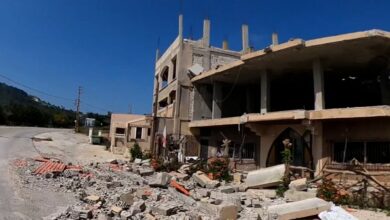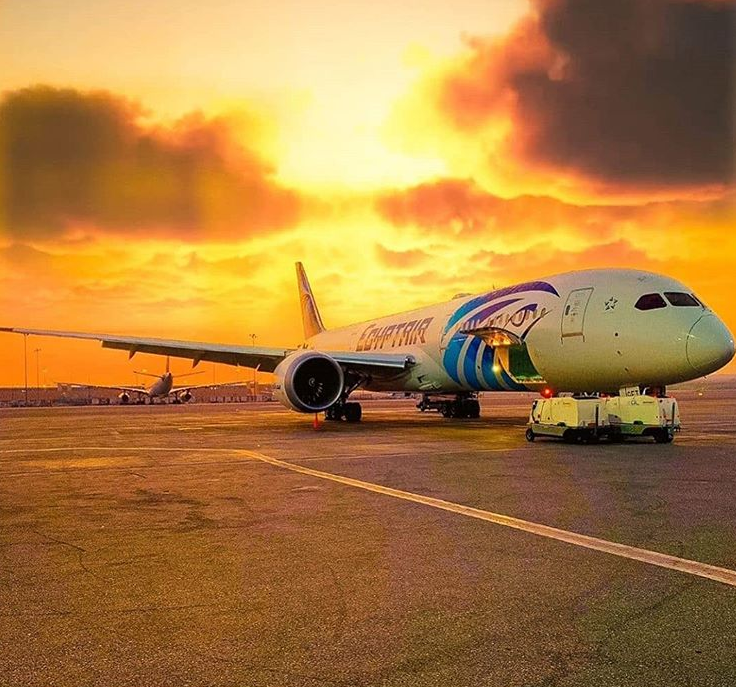When in Beirut, do as the Beiruties do. That involves lots of clubbing in the evening, hours of lazing on the beach side under the sun, eating Taboula and Fattoush often, and running shirtless along the sea ridge in the early morning.
The summer humidity in Beirut, however, can turn the mood of any enthusiastic traveler around. Hence, the need to leave the city for a day visit to the Lebanese countryside to enjoy the welcoming trees, beautiful valleys and mild temperatures.
My visit to Lebanon stretched over the first week of this August, and coincided with the visit of the Qatari Prince Hamd Ben Khalifa and Syrian President Bashar al-Assad to the country. As we walked the main streets of Beirut, signs and billboards surrounded us welcoming the visit of the Qatari Prince, and thanking him for his work on rebuilding the heartbroken city after suffering from multiple wars in recent decades.
“He paid so much many to rebuild the south of Lebanon,” says a Taxi driver escorting me somewhere in downtown Beirut. “For that, we are thankful.”
While walking in downtown Beirut, behind the beautiful–and sexually suggestive–advertisements and billboards, you see the skeletal remains of the buildings. Some of the walls are still standing, while others are not as fortunate. The standing walls, however, are riddled with bullet holes.
But this depressing atmosphere is easily forgotten as you walk down the Jemaizah street filled with hip welcoming bars or the H&M three-floor shop in Aswak Beriut mall.
Walking down these new establishments in Beirut, and around the multiple projects in motion all across town, it is easily noticeable that the Lebanese economy relies deeply on foreign investments in all different sectors. But it seems that most of the foreign money is going into rebuilding of the capital –and banking, but that is not our topic at the moment–which leaves one venue for Lebanese small businesses to operate in.
“Tourism is our main income,” says Nidal Ghorayeb, the owner of Espirt Nomade, a tourism company that caters to people who are more interested in eco-tourism journeys rather than the usual and traditional sites people flock to Lebanon for.
Indeed, after visiting the essentials–going up the Harrisa mountain with the beautiful church and the worshiped statue of Mariam Al-Harrisa (Mary the Guardian), passing by Jeita Grotto and enjoying the marvelous cave and spending an evening clubbing in Buddha Bar–we were ready to take the road less traveled.
Kadisha Valley, one of the deepest valleys in Lebanon located 110km from Beirut, is curved by the Kadisha river.
“A bunch of our friends in Beirut told us to go to either Kadisha or the Cedrus,” says Erin Evers, an American who is based in Cairo. “They are basically the same thing, but since it is not the time to ski, we decided to go to Kadisha.”
Through public transportation and micro-buses Erin and her friend managed to go to Basharee, a largely Christian Maronite, small village on top of a mountain that is also the birthplace of Lebanese author Jobran Khalil Jobran. Walking around the tiny village exposed Erin to a lot of beautiful churches, and she enjoyed what she called ‘the best ice-cream in my life,’ before heading for a hike in the valley.
“We took different paths in the mountains walking from one end of the valley to the other,” Erin explains, “which took us three to four hours, where we found this beautiful restaurant overlooking the valley.”
Sitting in that restaurant, Erin had a beautiful view over the canyon–the beautiful river of Kadisha, fracturing the valley with “beautiful fresh sparkling water”, and a series of waterfalls as the river drops from the top of the mountain all the way down to the valley. “The nature itself is absolutely spectacular,” Erin adds. “The air is so clean and the mountains are evergreen.”
Other venues are the protected Ehden natural park, which is believed to be the spot where Adam and Eve spent their final days on Earth following their exit from Paradise. Then there's the protected Chouf tree park, the biggest protected area in Lebanon that hosts the biggest Cedar forest in the country. The Cedar is beloved by Lebanese people, as evidenced by its central place on the national flag.
“Our trips are organized with a great respect of the Lebanese nature,” says Ghorayeb. “I believe that we play a role creating an economic movement in the areas we visit, as we visit different and new areas each week we travel.”
“We sometimes head to an off-the-road day’aa (village),” Ghorayeb explains, “we have this tradition to introduce Lebanese people to their own heritage”.
According to the company records, 75 percent of the travelers interested in eco-tourism are Lebanese, while the last 25 percent is divided between Americans and Europeans. Arab tourists are more interested in the wider freedoms Lebanon provides. They can be found in nightclubs and other entertainment venues around the capital and the nearby cities.
The company tours, however, are not only about the joy of bird-watching and valley-hiking “We try to educate our clients to the problems surrounding the natural heritage in Lebanon,” Ghorayeb adds. “Year after year we notice the disappearance of more trees and green areas in the places we visit, we see the old rocky roads being replaced by new roads to allow for bigger investments in the area. These inventors do not respect the nature of Lebanon”.
For my own eco-trip, I took a micro-bus heading to Ksara, an area that is famous for its grape vineyards, as we got higher in the mountain, we felt the heat of the city leaving us and the beautiful breeze coming from the open windows. We started chit-chating about our trip, while looking at the Bekka valley we were descending toward.
I felt scared at times, with the turns of the tiny road on the side of the mountain winding down, and my ears got blocked in similar fashion to the feeling you get when landing in a plane. My breath, however, was whisked away by the beautiful colors of the green mountainside we are leaving behind and the different colors of green throughout the valley.
As we reach the famous spot, we couldn’t refrain from dropping on the green grass perfectly planted around. The grass felt cold and sweetly wet, and we stood there enjoying the combination of that feeling with the shade provided by the trees around us. We were surprised to see a beautiful bride in her white dress taking wedding photos with her husband in the area. We couldn’t help but to wave to her with huge smiles.
The winery we visited is one of the oldest palaces in Lebanon, with a cave system for goods storage. The place managed to keep itself standing since 1857.
There I was, standing there atop that small hill, watching the beautiful trees of Lebanon but I couldn’t help thinking of the dangers Lebanese nature is facing . The ever-embattled political and military landscape of Lebanon leads consistently to environmental degradation. And unfortunately, both for Lebanon's beauty and people, that atmosphere does not appear poised to disappear.




